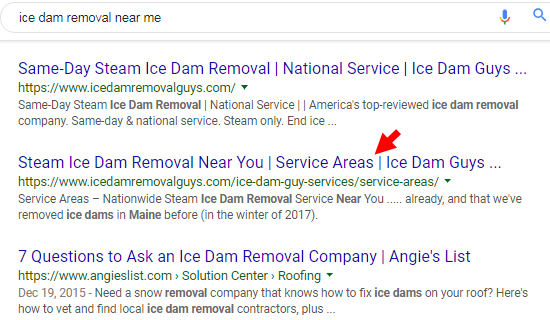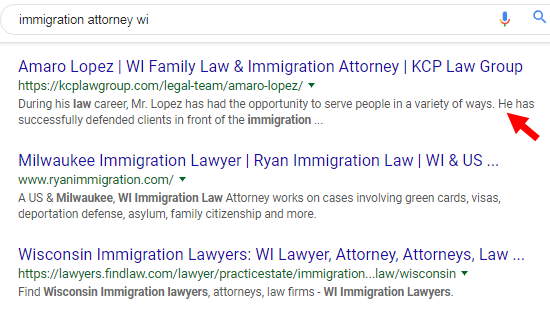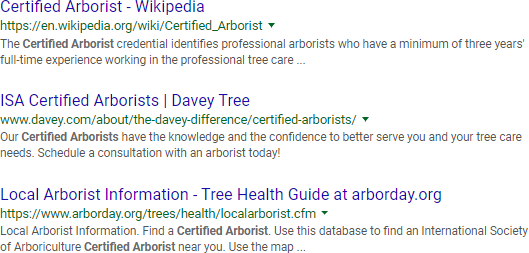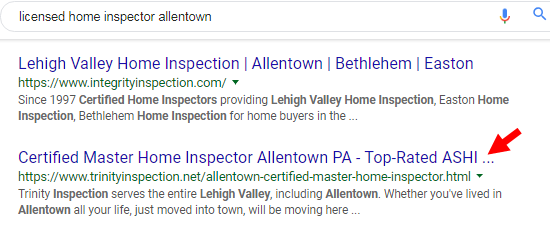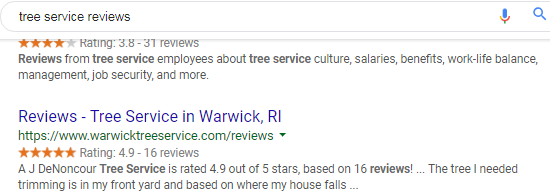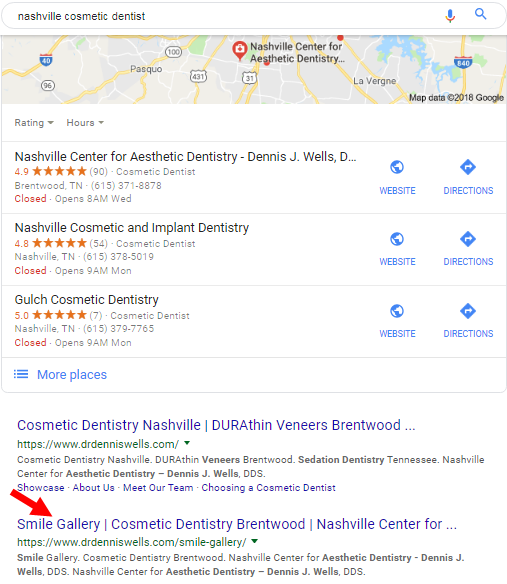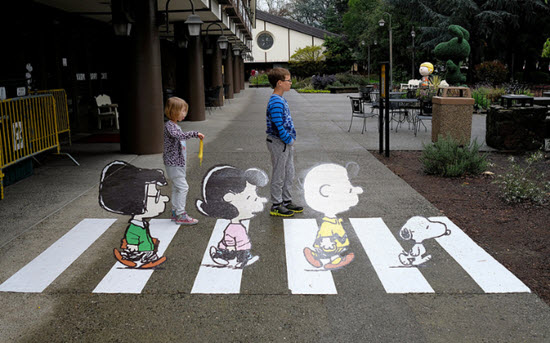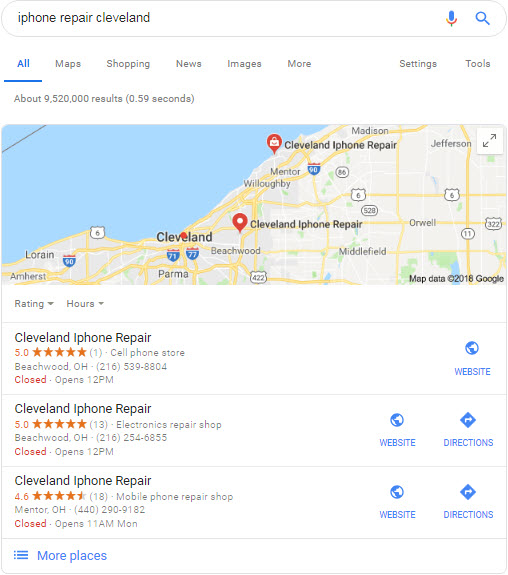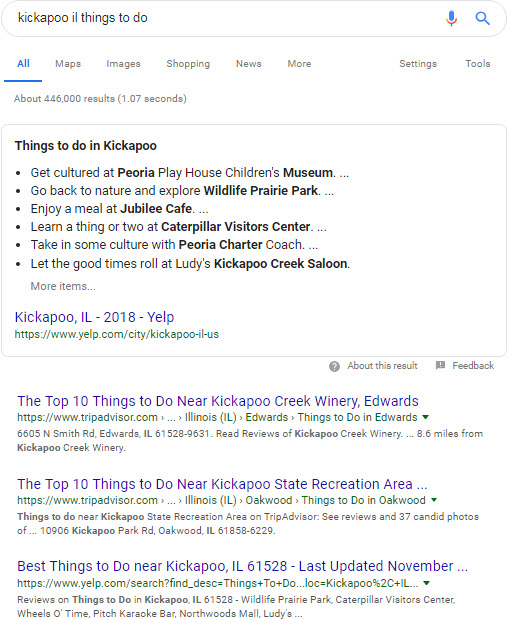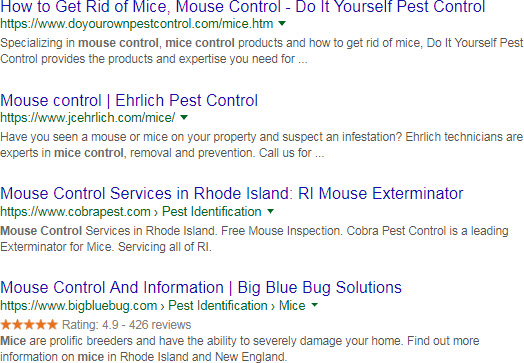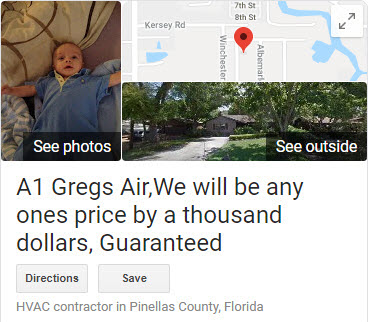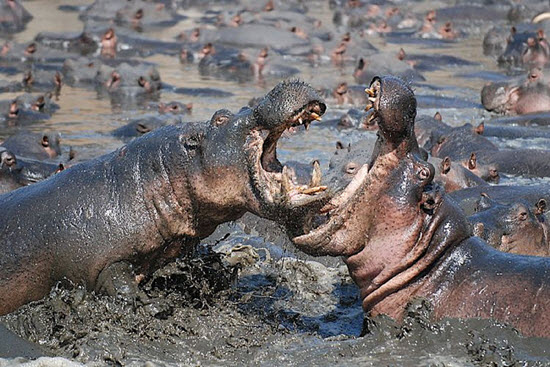What’s the difference between the Google Maps business results and middle school? Well, at one you get lunch and the possibility that the heckling and hounding ends for the day once the bell rings.
It’s easy to get worn down in local SEO. The work it takes for you to get visible and stay visible and get customers out of the deal is significant. The long-term effort it takes for you to keep a lid on competitors’ cheating also adds up. Once you add all the monitoring you need to do to make sure nobody’s sabotaged you on the Google Map or in your Google reviews, it all seems like too much.
But it’s more doable if you know exactly what your vulnerabilities are. The Google Maps results are the Wild West partly because of all the ways competitors can spam their way to the top with their Google My Business pages, and partly because of all the ways they can try to hurt your visibility or reputation.
Below are all the ways (I know of) that disgruntled customers, bitter employees, and unethical competitors can mess up your program. All are areas you should check on routinely, and contact Google about if necessary.
Google Maps / My Business vulnerabilities
Uploading inappropriate or unflattering photos. Anyone can upload a photo to your Google My Business page, either unaccompanied or in a review.
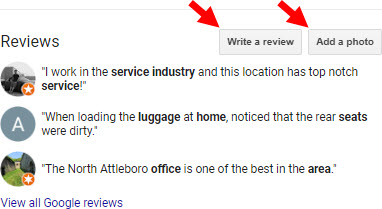
Answering customers’ Google My Business “questions” falsely or deceptively. You may get a notification when someone posts a question or an answer, but a Google bug, or an email filter, or inattention may allow a bad answer to slither past you undetected. You can’t remove bad questions (or answers). All you can do is flag them.
Asking unflattering Google My Business “questions.” Same deal as above.

Messing with your “opening date.” Apparently Google fixed the nasty bug (great find by Tim Colling) that caused Google My Business pages with future dates of opening to fall off the Google Map altogether. Still, an incorrect opening date that sticks may confuse would-be customers.
Taking a spray-n’-pray approach to submitting erroneous Google Maps “suggest an edit” edits. If competitors or other antagonists fire enough rounds (possibly from multiple Google accounts), some may graze you.
Providing incorrect “Know this place?” answers. Google may ask whether you have dedicated parking and a wheelchair-accessible entrance. You do. Your nemesis says you don’t. Google shows him an ugly photo and a nice one, and asks which is “more helpful” in characterizing your business. He picks the ugly one. Google asks your competitor (or fuming customer or ex-employee) 37 other questions. None of the answers clearly hurts your visibility or reputation, so maybe the potshots aren’t a big deal. On the other hand, given that Google hasn’t boarded up off the “Know this place?” mineshaft of crowdsourced data, you can be pretty confident Google finds it useful somehow.

Moving your map pin to an incorrect spot. I haven’t run into that problem much (that I can remember), but I have it on good authority that an incorrectly placed marker can mess up your rankings.
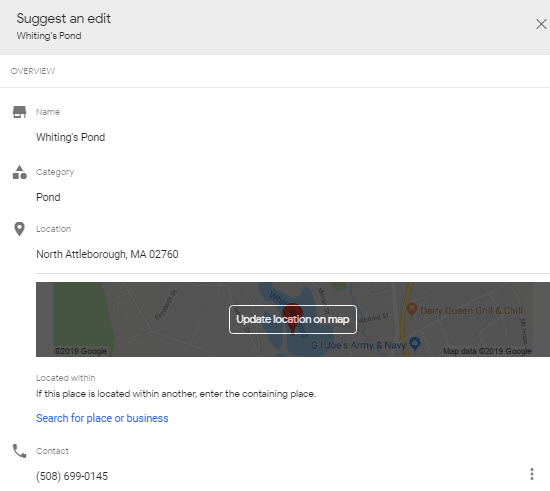
Google review vulnerabilities
Re-posting bad reviews or ratings. Even if you get an illegitimate review removed – a big “if” – little to nothing stops the perp from posting the same review again, under the same name or a different name.
Updating or adding to bad reviews. Even if you get that illegitimate review removed, the foul brigand can always write a differently-nasty review or a review that’s dialed down just enough.
Posting 4-star reviews. If your average rating is closer to 5 stars – let’s say 4.8 stars – a 4-star average rating is a big step down for you. Because a 4-star review by nature isn’t extreme, it’s less likely to get filtered by Google, and you’re less likely to suspect that it’s the work of a crooked competitor.
Posting reviews under the name of another competitor. That probably breaks a law or two, but if you blame the wrong competitor for the smear, who will ever know the real culprit? Pretty devilish trick.
Putting “thumbs up” on negative reviews repeatedly. There seems to be no limit to how many times you can do a thumbs-up. Thumbs-upped negative reviews may make some people think twice before calling you, and for no good reason. Worse, those reviews may rise to the top when your Google reviews are shown by “Most Helpful” at the top, which is how they show by default.
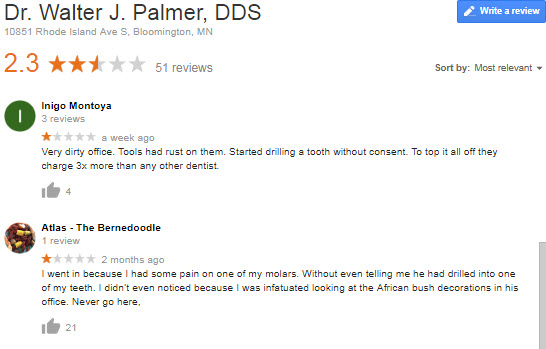
Flagging positive, valid reviews. I’m speculating here, because I have no way to know whether a perfectly good review gets removed because someone flagged it and not because Google filtered it automatically. What I do know is you usually get Google’s attention if enough people flag a review.
Writing bad reviews on unpoliced non-Google review sites, so a bad “average” rating shows up in your knowledge panel. I’m talking about the “Reviews from the web” section. As badly policed as Google Maps reviews are, other sites are even worse. Often Google scrapes those reviews and shows your average rating in the right-hand sidebar, which people see whenever they click on you in the 3-pack or Maps results, or whenever they search for you by name.
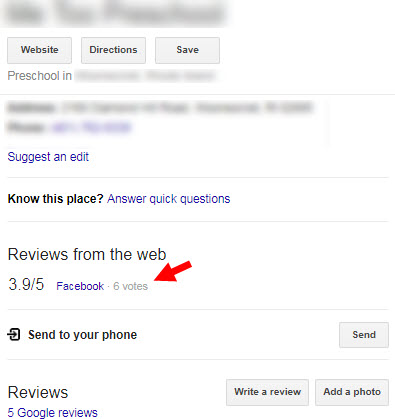
—
What are other ways people can mess up your Google My Business page?
Any you’ve experienced first-hand?
Leave a comment!





